Back in September last year, I got myself quite enthused with the project set out below. I shared the original polemic and received quite a bit of positive interest. However, as I said at the time, I knew that I did not have the energy to pursue it with the energy it deserved. So i just let it lie and got on with more important personal work.
But since then I have started this blog and thought it might be worthwhile putting it on here in the hope that someone somewhere might want to pick it up and run with it. So here is the initial piece:
Through this initial discussion I want to explore, and hopefully also offer the germ of a solution to, the issues surrounding giclee (computer inkjet) prints, or other photo-mechanical reproductions being signed and sold as "limited editions" to the detriment of those artists who produce genuine, original, most often hand printed, work.
Most printmakers and some galleries and curators continue to be plagued and annoyed by this issue and often discuss it amongst themselves; usually to very little end other than to continue to feel angry, smug or both; as well as having to constantly explain it to potential buyers. My idea set out below of one way this question might be addressed may not be original. There may well already be an ongoing scheme similar to that which I outline. If so, my research and questioning has not yet revealed it.
Let me first make one thing clear: As far as I am concerned, the issue is not with the sale of 'giclee' prints as such. I have no problem at all with art being made affordable by the use of reproduction. And there are of course an increasing number of artists who are creating and printing original images digitally. My concern, as with most printmakers, is the confusion brought about when reproductions of works created in another medium are sold as so called ‘signed limited editions'; simply in order to confer upon them a spurious rarity value.
Here is not the place to describe all aspects of the making what I will call ‘original’ prints. Similarly I think it would be almost impossible to capture, in one simple explanation, every single aspect and types of image making that could be defined as an ‘original’ printmaking. In many ways, of course, it would be preferable to identify and clearly label those prints that are not originals, but are simply reproductions. But clearly that is never going to happen!
Such a definition of an original print has already been attempted many times. I doubt we will ever be able to please everyone or include every relevant aspect, but there is a need to at least attempt a new and brief contemporary definition on which a majority can agree. From this could also evolve more comprehensive summaries for wider general use.
Having thought about this at length, I believe that what we need first is a way in which original artist’s prints can be simply, quickly and clearly identified and promoted at point of sale/exhibition. Not, as some have suggested, in a tedious legal, trading standards way, but something more akin to the way CAMRA – The Campaign for Real Ale - managed to successfully promote a product with many variations but a clear identity. (Indeed, I did think of ‘Campaign for Real Artists Prints’ as a title for this project, but decided the acronym ‘CRAP’ was perhaps not what we needed!)
What we do need is a brand. A recognisable and widely promoted quality mark/logo which would only be associated with original artists prints. This ‘badge’ would need to be linked to, and explained by, the agreed definition and explanatory material mentioned above, of what an original print is (or what it is not).
I imagine it working something like this:
A sticker or stamp with the easily recognisable and widely publicised logo of the scheme would be applied to original artists prints – and ONLY original artists prints - at point of sale. Not on the work itself, but on associated price labels, cello wrapping, frame backing etc. Somewhere close by – in the gallery or studio - would be displayed and obvious the same logo; along with the agreed definition of an original print and brief but fuller explanations. This could be on small, durable wall display cards, leaflets etc. Those doing the selling or supervising would also be able to explain the definition and the scheme itself at greater length if required. I have in mind, for example, the way the ‘Own Art’ system is displayed and promoted. In due course, the identity of the scheme and its uptake – and thus the identity of genuine original artist’s prints would grow to the point where potential buyers and collectors would hopefully begin look for the logo on work they were interested in. Galleries and printmakers would be stimulated by the commercial advantages of this and be keen to become part of the movement and happy to make the effort of applying the logo and displaying/explaining the scheme information.
As it would only be linked to works meeting the broad criteria of an original print (and at the moment I see it only practically applying to conventional fine art printmakers producing ‘normal’ signed editions) it would still rely on the integrity, honesty and knowledge of the seller and the back-up of a wider education and information programme that we still need.
Personally I would not want anyone to try and police the scheme in any strict legal way. I would not want to see it ‘owned’ by some grand membership ‘Society’ or other. Certainly after the initial involvement of printmakers themselves, galleries and other outlets for such prints would need to come on board. There would probably need to be a loose association of users and supporters and some means of providing (at cost) the materials. Perhaps I’m being idealistic, but in these days of instant communication, perhaps this could operate on a communal web based system at very little cost; maybe just with some ‘crowd funding’ or similar to kick it off?
So - there it was. I still think its a great idea. I would be more than happy to see maybe even an adapted and changed version attempted. Anyone????
But since then I have started this blog and thought it might be worthwhile putting it on here in the hope that someone somewhere might want to pick it up and run with it. So here is the initial piece:
Through this initial discussion I want to explore, and hopefully also offer the germ of a solution to, the issues surrounding giclee (computer inkjet) prints, or other photo-mechanical reproductions being signed and sold as "limited editions" to the detriment of those artists who produce genuine, original, most often hand printed, work.
Most printmakers and some galleries and curators continue to be plagued and annoyed by this issue and often discuss it amongst themselves; usually to very little end other than to continue to feel angry, smug or both; as well as having to constantly explain it to potential buyers. My idea set out below of one way this question might be addressed may not be original. There may well already be an ongoing scheme similar to that which I outline. If so, my research and questioning has not yet revealed it.
Let me first make one thing clear: As far as I am concerned, the issue is not with the sale of 'giclee' prints as such. I have no problem at all with art being made affordable by the use of reproduction. And there are of course an increasing number of artists who are creating and printing original images digitally. My concern, as with most printmakers, is the confusion brought about when reproductions of works created in another medium are sold as so called ‘signed limited editions'; simply in order to confer upon them a spurious rarity value.
Here is not the place to describe all aspects of the making what I will call ‘original’ prints. Similarly I think it would be almost impossible to capture, in one simple explanation, every single aspect and types of image making that could be defined as an ‘original’ printmaking. In many ways, of course, it would be preferable to identify and clearly label those prints that are not originals, but are simply reproductions. But clearly that is never going to happen!
Such a definition of an original print has already been attempted many times. I doubt we will ever be able to please everyone or include every relevant aspect, but there is a need to at least attempt a new and brief contemporary definition on which a majority can agree. From this could also evolve more comprehensive summaries for wider general use.
Having thought about this at length, I believe that what we need first is a way in which original artist’s prints can be simply, quickly and clearly identified and promoted at point of sale/exhibition. Not, as some have suggested, in a tedious legal, trading standards way, but something more akin to the way CAMRA – The Campaign for Real Ale - managed to successfully promote a product with many variations but a clear identity. (Indeed, I did think of ‘Campaign for Real Artists Prints’ as a title for this project, but decided the acronym ‘CRAP’ was perhaps not what we needed!)
What we do need is a brand. A recognisable and widely promoted quality mark/logo which would only be associated with original artists prints. This ‘badge’ would need to be linked to, and explained by, the agreed definition and explanatory material mentioned above, of what an original print is (or what it is not).
I imagine it working something like this:
A sticker or stamp with the easily recognisable and widely publicised logo of the scheme would be applied to original artists prints – and ONLY original artists prints - at point of sale. Not on the work itself, but on associated price labels, cello wrapping, frame backing etc. Somewhere close by – in the gallery or studio - would be displayed and obvious the same logo; along with the agreed definition of an original print and brief but fuller explanations. This could be on small, durable wall display cards, leaflets etc. Those doing the selling or supervising would also be able to explain the definition and the scheme itself at greater length if required. I have in mind, for example, the way the ‘Own Art’ system is displayed and promoted. In due course, the identity of the scheme and its uptake – and thus the identity of genuine original artist’s prints would grow to the point where potential buyers and collectors would hopefully begin look for the logo on work they were interested in. Galleries and printmakers would be stimulated by the commercial advantages of this and be keen to become part of the movement and happy to make the effort of applying the logo and displaying/explaining the scheme information.
As it would only be linked to works meeting the broad criteria of an original print (and at the moment I see it only practically applying to conventional fine art printmakers producing ‘normal’ signed editions) it would still rely on the integrity, honesty and knowledge of the seller and the back-up of a wider education and information programme that we still need.
Personally I would not want anyone to try and police the scheme in any strict legal way. I would not want to see it ‘owned’ by some grand membership ‘Society’ or other. Certainly after the initial involvement of printmakers themselves, galleries and other outlets for such prints would need to come on board. There would probably need to be a loose association of users and supporters and some means of providing (at cost) the materials. Perhaps I’m being idealistic, but in these days of instant communication, perhaps this could operate on a communal web based system at very little cost; maybe just with some ‘crowd funding’ or similar to kick it off?
So - there it was. I still think its a great idea. I would be more than happy to see maybe even an adapted and changed version attempted. Anyone????
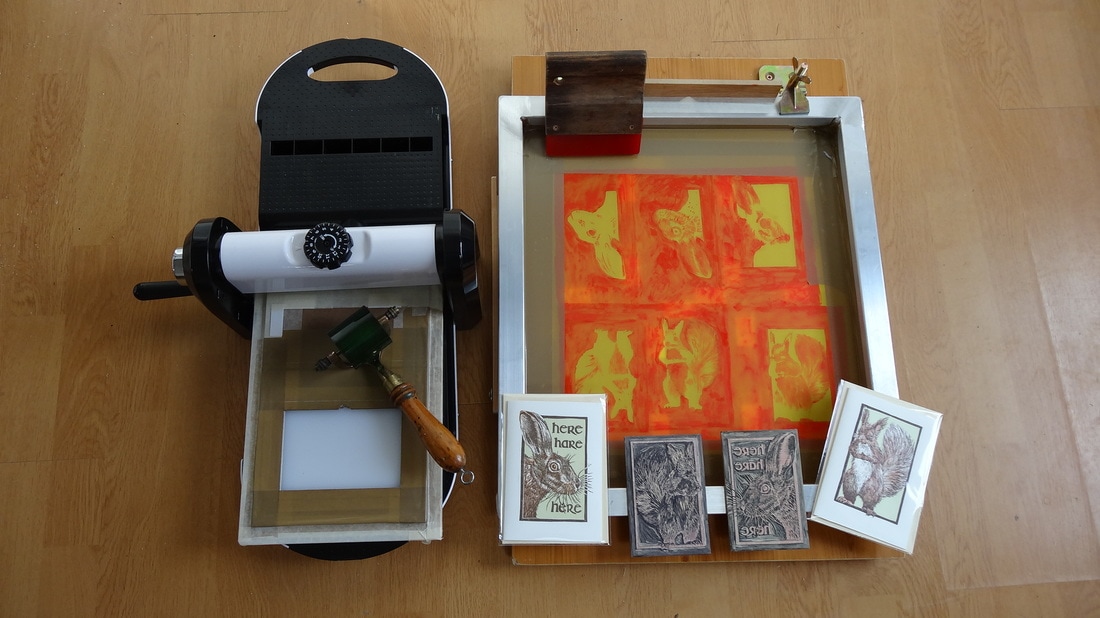
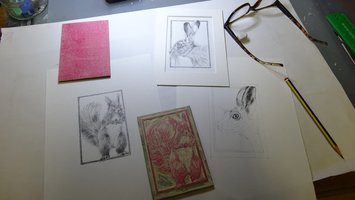
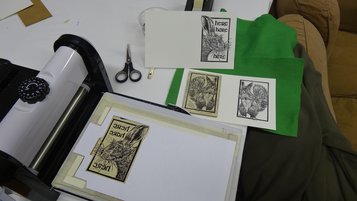
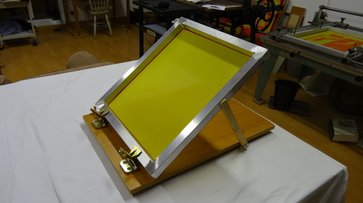
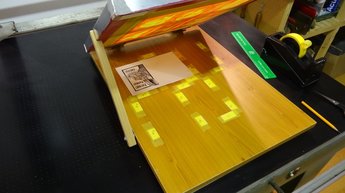
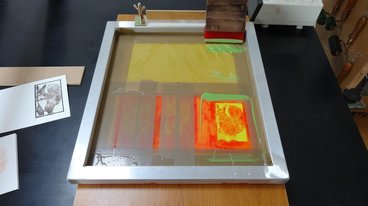
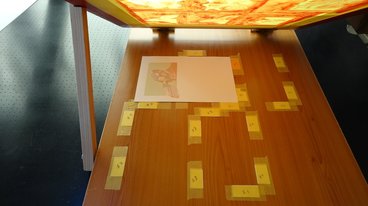
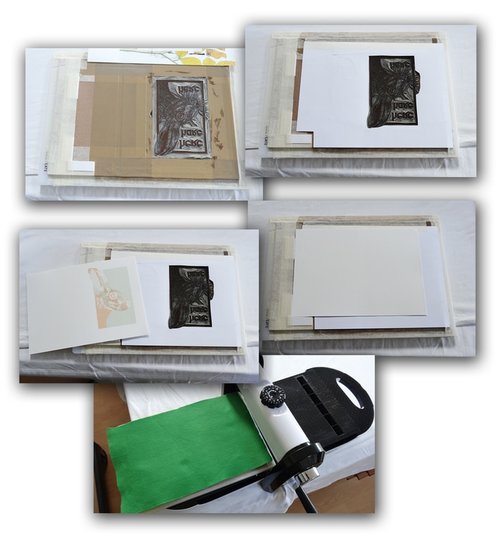
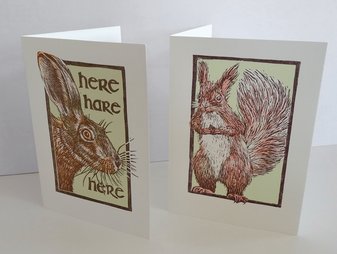
 RSS Feed
RSS Feed